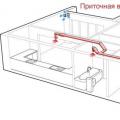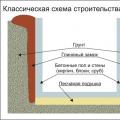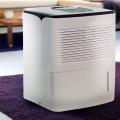Various energy resources, water and gas are becoming more expensive every year, so the owners of apartments and houses are increasingly thinking about ways to save money. Significant savings are provided by alternative heating of a private house without gas. This and many other systems allow owners to make their homes completely energy independent. There are several types of alternative energy sources, each with its own advantages and disadvantages.
The concept of "alternative home heating" characterizes different ways of heating housing. Previously, they were not used in private households.
Basic conditions for the use of these types of heat supply:
- To generate thermal energy, renewable energy sources are used that do not need to pay utility bills. In this case, their full or partial use is possible.
- The cost of arranging these systems should be quite acceptable and not exceed the cost of the heated building itself.
Common reasons for switching to alternative heating
The main reason why alternative sources of heating for a private house are used is the regular rise in price of many types of energy carriers. These include gas, natural coal, electricity and other varieties.
Today, gas pipelines are most often used for heating a private house. The cost of such heating is the most acceptable, but it is constantly increasing. Since gas is an energy resource that will run out sooner or later, the upward trend in prices will continue. In such a situation, alternative heating can be called not only profitable from an economic point of view, but also progressive, since renewable resources are used as heat sources. As a result, wood and non-renewable fossil resources are not consumed.
Types of alternative heating, their pros and cons
Wind energy, solar energy, heat from the bowels of the earth, human waste and industrial waste are used as alternative resources. It is also important that the use of these resources does not lead to environmental pollution, because they are natural and environmentally friendly.
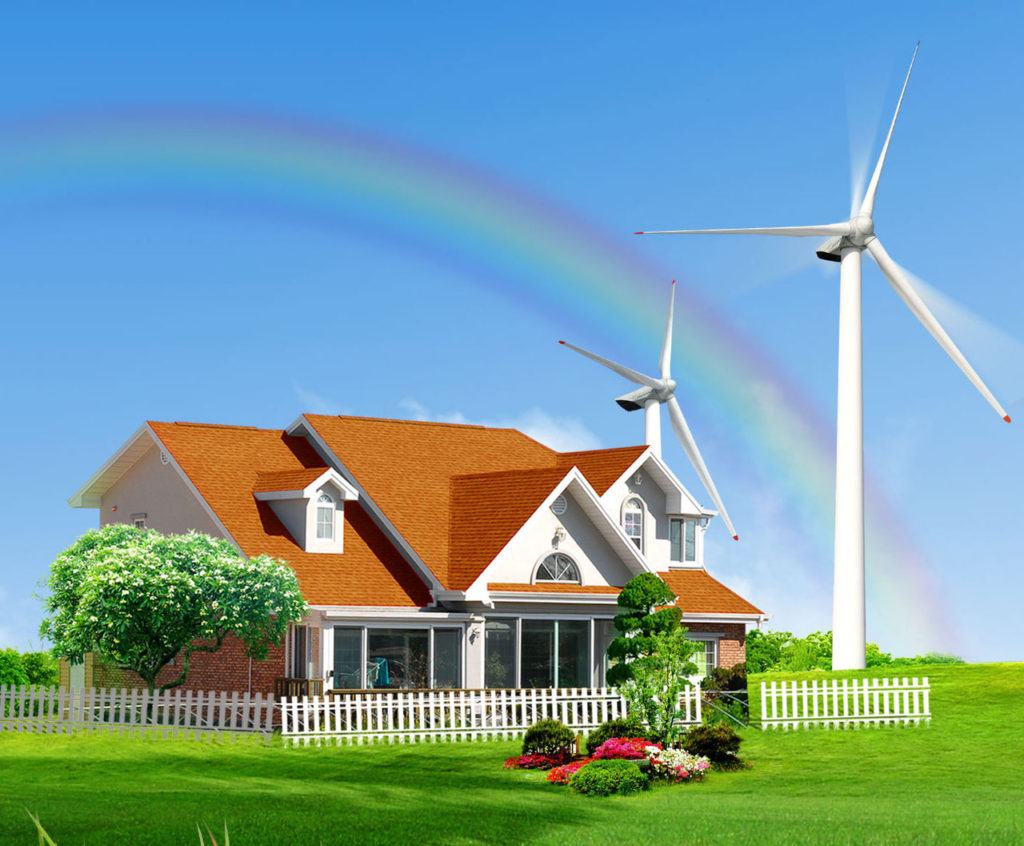
The main advantages of ecofuels are significant savings, preservation of the environment and fossil resources. The only disadvantage of alternative sources is the significant capital investment at the initial stage. However, after 4-7 years, such systems fully pay off and provide the owner with thermal energy without any financial investments on his part.
solar heating
Solar systems for home heating can be used in two ways:
- conversion of solar energy into electrical energy, which is used for the operation of heating equipment;
- use of solar energy for heating the liquid heat carrier, which will circulate due to the operation of the pump or in a natural way and pass through heating radiators or convectors.
Important! Using a solar collector, you can make the simplest alternative home heating with your own hands. In addition to the collector, you will need a circulation pump and batteries.
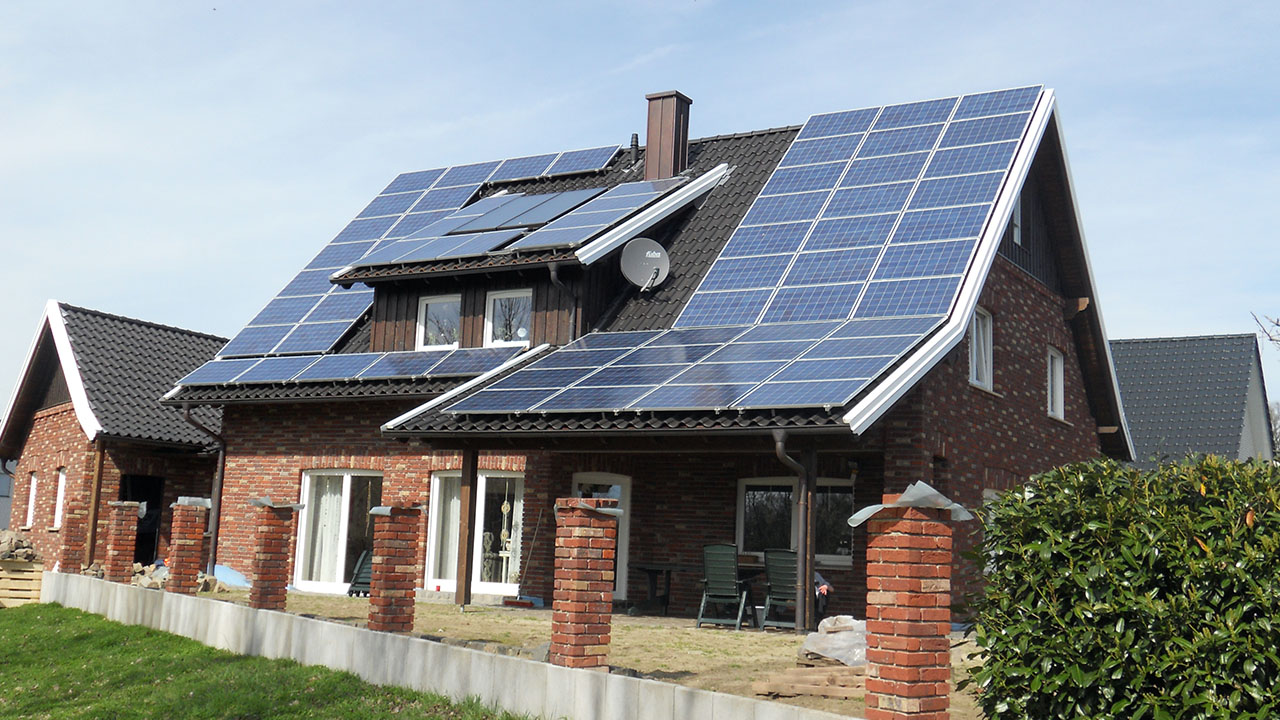
The main disadvantage of solar systems is that in any region there are cloudy days when the system will be ineffective. Since there is no sunlight at night, solar systems are not suitable for round-the-clock operation.
Options for implementing home heating using solar energy:
- For round the clock heating solar collector works in parallel with electric heaters. To control the temperature of the coolant, special sensors are used. When the heating temperature from the solar collector drops to the set minimum value, the heating elements turn on.
- Solar collector and inverter used in conjunction with a high-capacity battery. At night and on a cloudy day, this battery will be the source of power. The disadvantage of this option is that the battery life is five years, and the cost of buying new products is equal to five-year electricity bills.
- Another option - solar batteries with inverter and controller, which are operated together with any electric heaters.
wind energy
One of the options for alternative heating of the cottage is the use of wind energy. On sale you can find ready-made equipment for arranging the system. Its cost is quite acceptable. However, since this equipment is intended for industrial use, the dimensions of the impeller are impressive. For example, a 4 kW wind generator may have a 10 m impeller.
Important! Alternative ways to heat your home using wind turbines are suitable for regions with constant windy weather. These are territories in the steppe area and settlements on the sea coast.
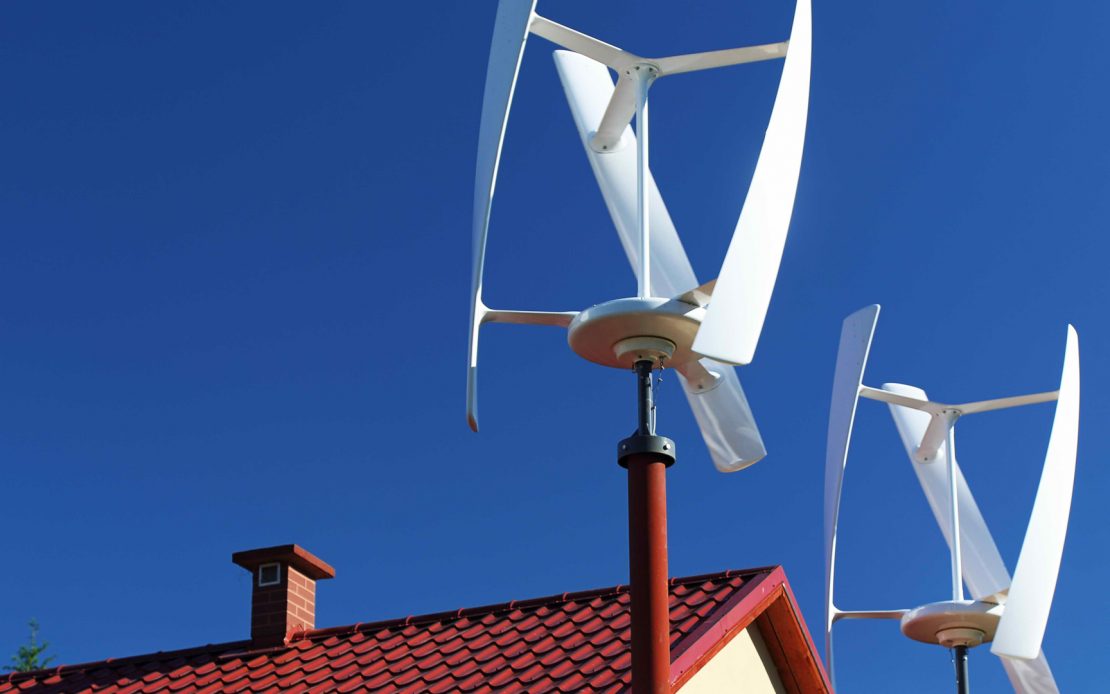
Wind turbines have the same usage problems as solar systems. One, if in the latter solar energy is used directly for heating, then when using wind power, everything is much more complicated. In this case, the mechanical energy from the rotation of the windmill blades must be converted into electrical energy. Only then can the house be heated. All this leads to a decrease in the efficiency of the heating system.
Thermal energy of the earth
To use geothermal energy, you will need special heat pumps. They convert the heat that is given off by groundwater, the earth, and the surrounding air. In this case, the temperature of the medium used must be above zero.
The principle of operation of the system is based on the collection of heat by heat pumps, its transformation and transfer to the heating circuit. The pump has three closed circuits:
- the external one takes heat from the source (a saline solution or antifreeze circulates in this circuit);
- the internal circuit is filled with freon or other refrigerant;
- the coolant circulates in the third heating circuit.
Such an alternative heating of a private house with your own hands can be done if you build the simplest version of a heat pump. Depending on the type of heat source used and the type of heat carrier different heat pumps are used:
- water-water;
- air-to-air;
- ground-water;
- water-air.
Important! Water-to-air and air-to-air pumps are used in the implementation of air heating of the house. And ground-to-water and water-to-water heat pumps are used in home heating systems with liquid heat carriers.
The most economically advantageous is the water-to-water pump. These systems are suitable for houses near which there are non-freezing reservoirs. Heat intake pipelines are laid in them. From one meter of such a pipe, 30 W of thermal energy is obtained. The length of the pipeline is determined by the area of \u200b\u200bthe heated house and the needs for thermal energy.
Pumps that use heat from the air cannot completely replace traditional heating systems in cold climates. Heat pumps that get heat from the ground are considered expensive. These systems are best used in combination with water heated floors. The disadvantage of such heat pumps is the considerable length of the pipeline that collects heat, expensive drilling and earthworks, as well as the need to equip a large area geothermal field.
biofuel boiler
The biofuel boiler uses agricultural waste (husks, peelings), woodworking products (sawdust, wood chips). They make dense granules called pellets. It is they who are burned in the boilers. Pellets burn longer than wood and provide more heat. In addition to pellets, large briquettes are made from plant waste. Briquettes give 2-4 times more heat.
Biogas is suitable for use in gas boilers. It is a product of rotting organic waste. To obtain biogas, it is necessary to build a capacious tank for waste disposal, as well as provide for a mixing plant. The process of decay and gas production occurs with the participation of bacteria and air. Waste material is collected and discharged through a special pipeline. In addition, you will need various devices for collecting gas, cleaning it and transporting it to the heating system.
Other alternative non-gas systems
A hydrogen boiler is an alternative source of thermal energy, which is environmentally friendly. The principle of operation is based on the reaction of the interaction of oxygen and hydrogen molecules. As a result of this interaction, a huge amount of heat is released. However, for the operation of this type of heating, it is important to strictly observe safety precautions.
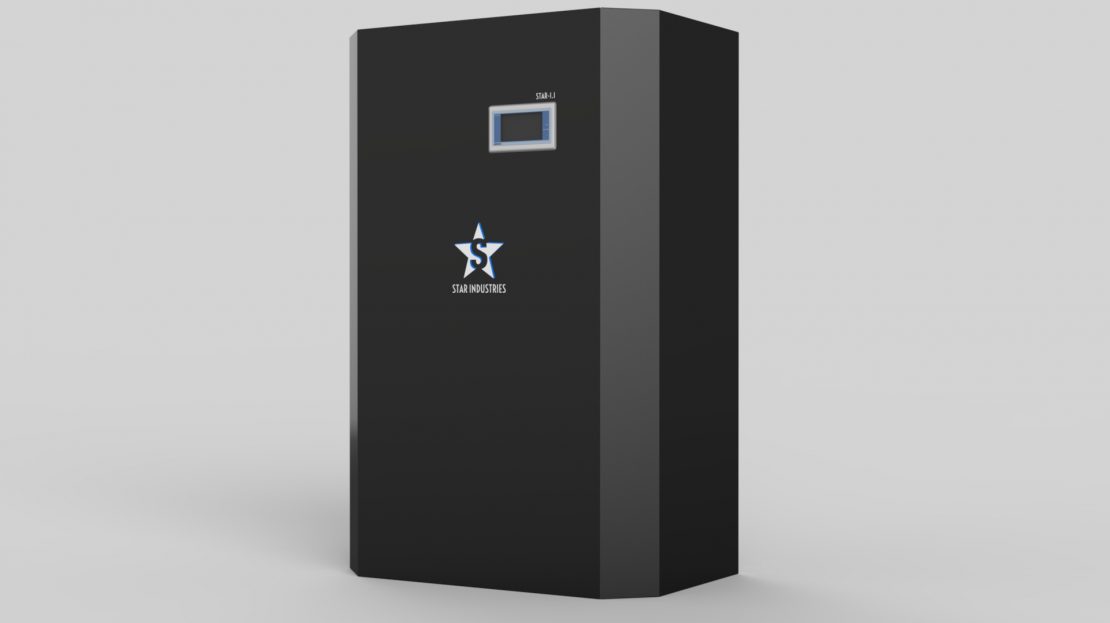
The main disadvantage of such a device is the high cost of the equipment used. The only way to save money can be considered the option of self-manufacturing equipment. To operate, the system must be permanently connected to the water and power supply. You also need a hydrogen burner, the boiler itself, catalysts and a hydrogen generator. The heat that is generated as a result of a chemical reaction is fed into a heat exchanger. As a result of the installation, waste is generated - ordinary water.
What alternative systems can be used in an apartment building
Alternative heating of an apartment in an apartment building is implemented using a solar battery with an inverter and a controller, which are connected in parallel to a socket and used in conjunction with any type of electric heaters. Such a scheme for saving electricity in an apartment is easy to implement with your own hands.
A mechanical disc meter should be installed in the dwelling, which will rewind electricity in the opposite direction in clear weather, when the photovoltaic cells will generate much more electricity than is spent on heating. Electronic metering devices are not suitable, because they are not sensitive to the reverse direction of currents. When unwinding kilowatts in the opposite direction, significant savings are obtained.

